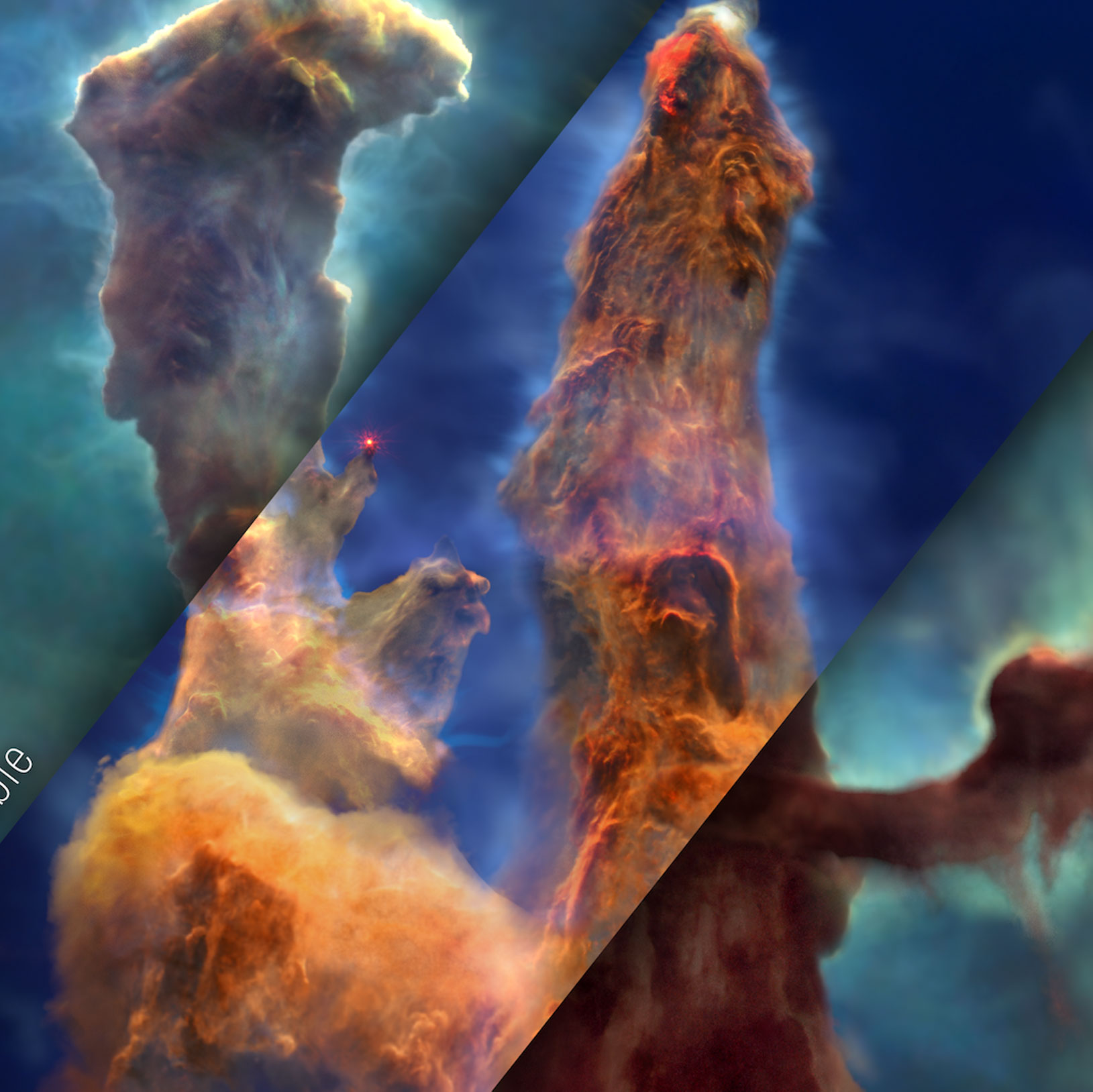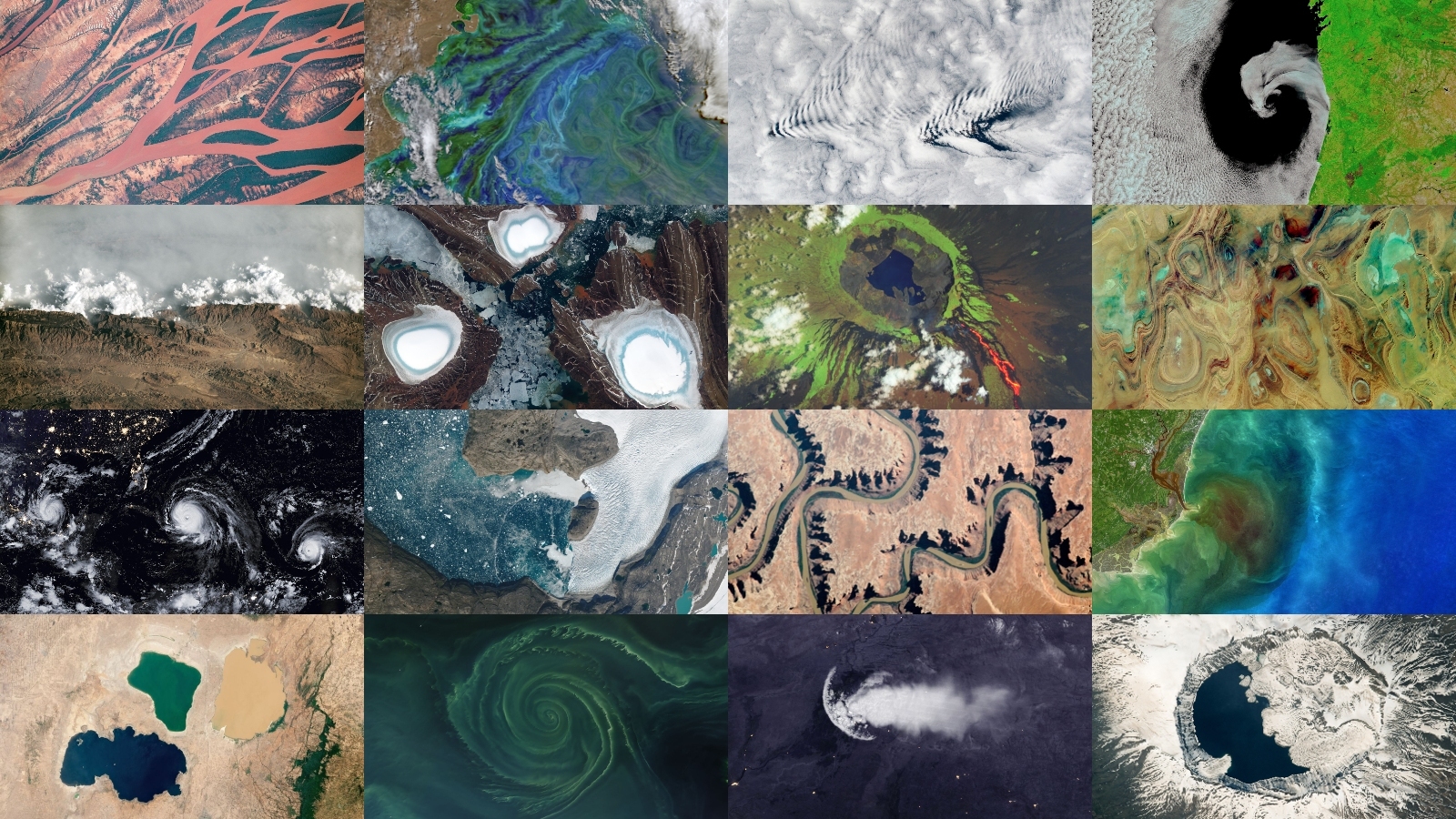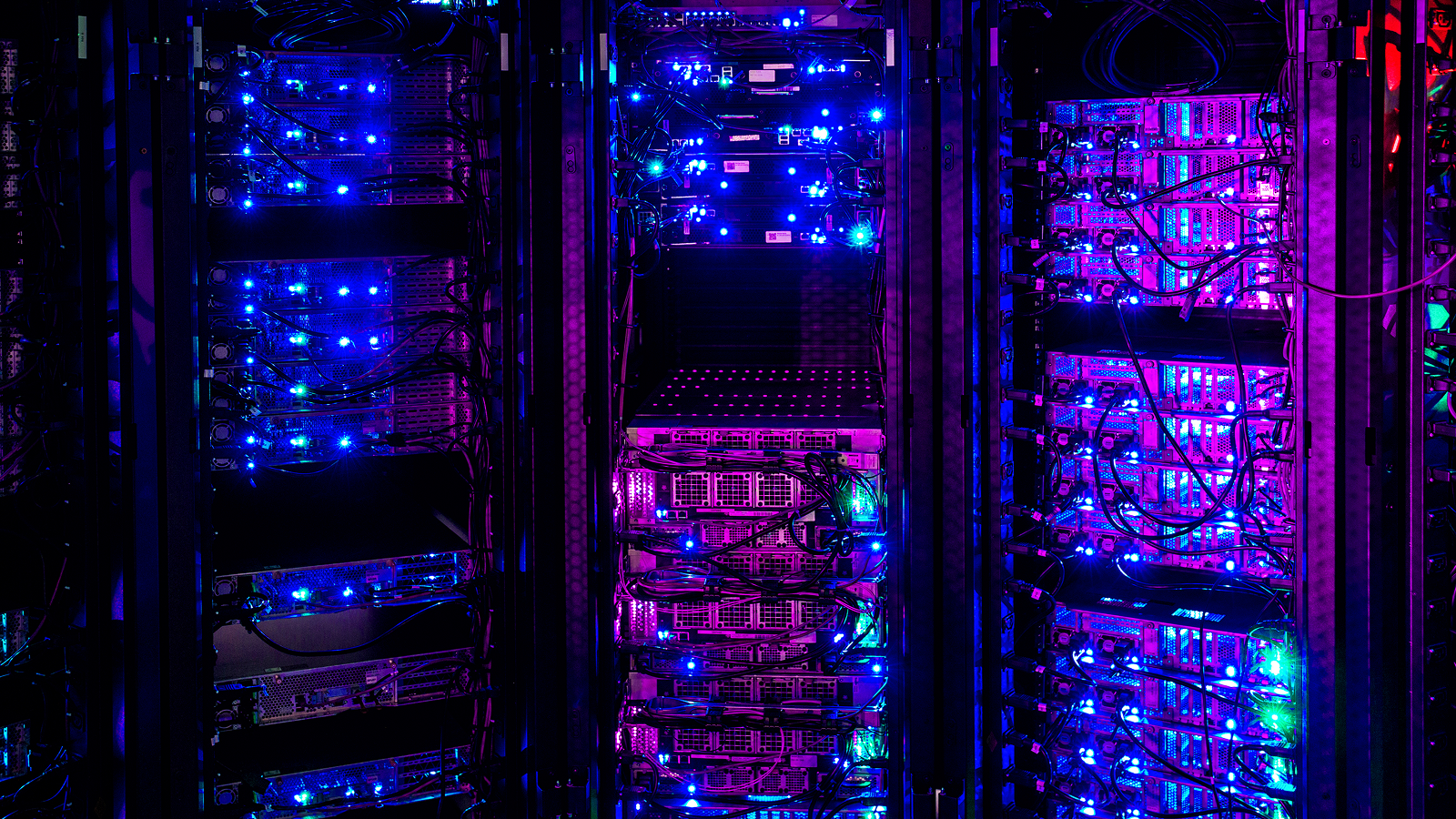
35 optical illusions
Artists and scientists have been creating optical illusions for centuries. Here are 35 mind-bending examples that prove you can't always trust what your eyes are telling you.

By Harry Baker published
Earth from space A new satellite photo has revealed that the "megaberg," A23a, is beginning to break apart, spawning thousands of smaller ice chunks around the Antarctic island of South Georgia.

Discover the research changing our understanding of the world

Extraordinary images of our sublime universe

Science questions, answered

A look at the weird and wonderful species that live on our planet

Test your knowledge of everything from space to nature

Unusual case reports from the medical literature

A window onto extraordinary landscapes on Earth

Medical conditions you may never have heard of before

A glimpse into how people lived in the past

Incredible images of our planet from above

Our roundup the biggest discoveries and top science in the news each week

By Anna Gora published
Deals This Memorial Day Sale smartwatch deal is not to be missed: The ultra-premium Garmin Fenix 8 is now a huge $200 off across various retailers, and its lowest-ever price.

By Chris Simms published
Young male capuchins have developed a strange trend of acquiring baby howler monkeys. It doesn't end well for the babies.

By Mindy Weisberger published
Also known as "volcano snails," these gastropods grow a suit of metal-enriched scaly armor and have an enormous heart, which helps them survive in oxygen-poor water in the deep ocean.

By Simon Makin published
We live in an era of constant surveillance. Psychology research shows how this might change how we perceive the world — even unconsciously

By Andrey Feldman published
A new physics paper takes a step toward creating a long-sought "theory of everything" by uniting gravity with the quantum world. However, the new theory remains far from being proven observationally.

By Ben Turner published
The new super-strong copper alloy can be used to build better airplanes and spacecraft.

By Peter Ray Allison published
Exascale computing can process over a quintillion operations every second — enabling supercomputers to perform complex simulations that were previously impossible. But how does it work?